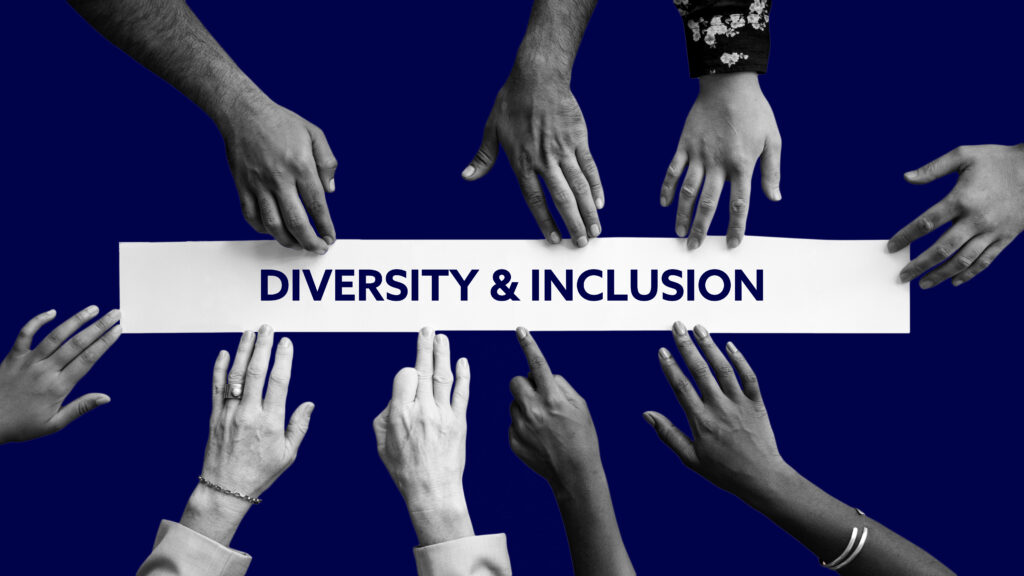
Workplace discrimination against LGBTI+ people is still a very present reality, with more than half of the victims (about 63%) deciding not to file a complaint, according to a 2019 report by the ILGA Portugal Association.
Nowadays, companies have the responsibility to be vehicles of change and social progress, but the creation of internal policies to defend diversity, equality and inclusion of lesbian, gay, bisexual, trans and intersex people is still a challenge for many of them. In order to promote a culture where all people feel safe, respected, and confident to be themselves, it is essential to create internal policies that dictate what behaviors are considered acceptable. Several studies show that LGBTI+ inclusive workplaces have higher levels of performance, productivity, retention and well-being. According to a study conducted by Oxford University, employees who are happy in their workplace are 13% more productive, which naturally contributes to the profitability of any business.
Here are 6 tips to implement in your organization in order to respect the individual identity of each employee, helping each of them to explore the full potential of their professional side and thus creating a positive culture within the team:
1 | Recognize the complexity of identity
Keep in mind that everyone is different. Try to get to know your team and create a safe space for them to share their story openly, as well as any issues they are facing, if they wish so.
2 | Don’t expect anyone to “come out of the closet”
Revealing one’s sexual orientation willingly will always be the right way to go. So worry only about contributing to an environment in which all people feel they can perform their jobs without fear of harassment or discrimination.
3 | Look at inclusion as an ongoing process, not a quick fix
While there is no ready-made model to implement in order to create a fully inclusive workplace, it is important to understand the importance of the commitment to educate employees about diversity and inclusion policies, showing that this factor is part of the company culture.
4 | Establish a strong anti-discrimination policy
Ensure that everyone knows what is not tolerated in the workplace, promptly recognizing when there is a problem and acting accordingly.
5 | Cultivate empathy
Certainly there will be people who are interested in understanding gender and sexuality, as well as others who will not even know that there is a difference between biological sex and gender. So, in order to create awareness about the topic, try to implement initiatives such as workshops and conferences.
6 | Create a gender-neutral environment and normalize pronouns
In a society where gender identities are increasingly fluid, practices such as including pronouns in presentations, in email signatures, and in social media profiles, for example, prove to be an important step towards inclusion. It is critical to make clear how you would like to be referred to, and this is proving to be an effective way to normalize conversations about gender and create an inclusive work environment for people outside the binary gender spectrum.